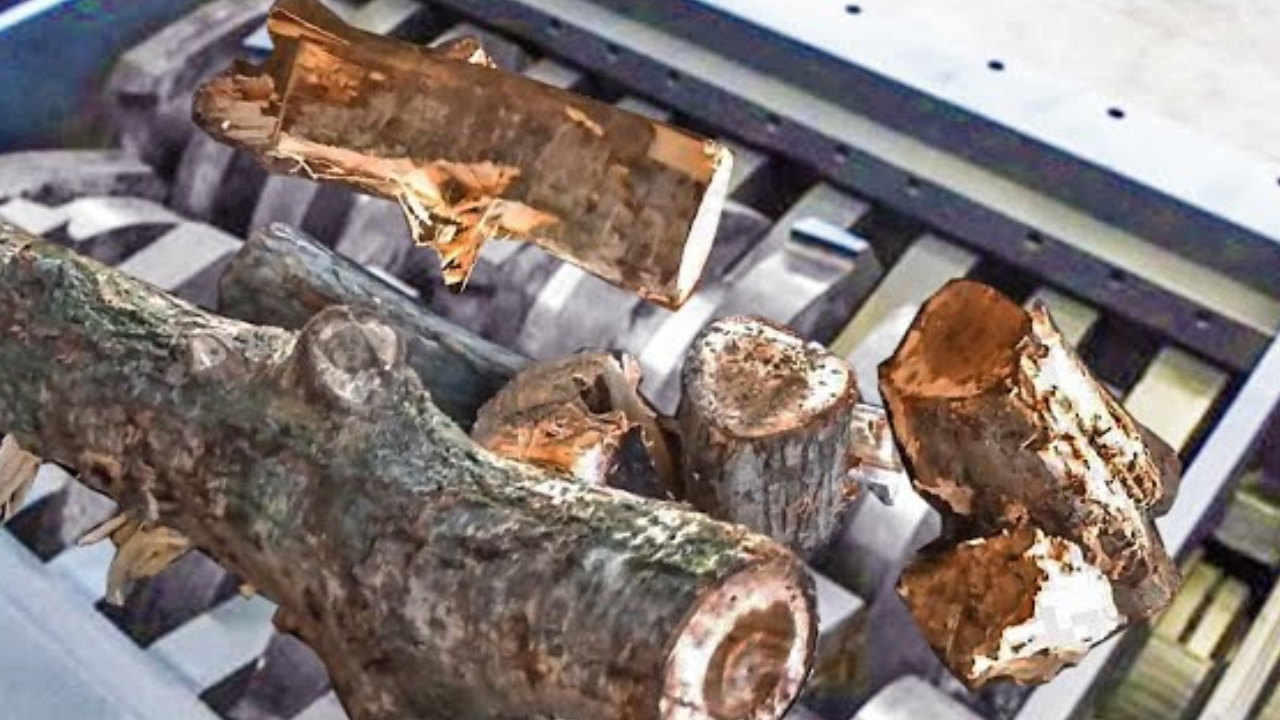Lamont is a creative problem solver and experienced strategist with a passion for bringing people together to do great things. He has worked on campaigns at the local, state, and national level, developing creative solutions to complex problems. Hisr work has earned his recognition from some of the most respected organizations in the country.

The way wood chippers work depends a lot on how their blades are designed. Different types of blade designs are available, and they play a big part in how well wood chippers do different jobs. The shapes of the blades, straight or curved, affect how fast they can cut, what kinds of wood they work best with, and how much they vibrate or wear out.
This article looks into how the shapes of the blades are connected to how well wood chippers work. Moreover, we are also going to explain how picking the right wood chipper blades design can make these machines work better for specific wood processing jobs. So, let us have a look at this informative article:
What do you know about Blade Geometry?
The geometry of wood chipper blades plays a pivotal role in their efficiency. Different blade designs encompass various cutting-edge geometries, including straight edges, concave edges, and dual-angle edges. Straight-edged blades are versatile and excel in processing softer wood types, while concave-edged blades provide enhanced cutting power for hardwoods.
Blades with dual-angle edges bring forth a unique advantage by combining the benefits of both straight and concave configurations, providing unparalleled versatility across a diverse spectrum of wood materials. This innovative design ensures that wood chippers equipped with dual-angle edged blades can effectively handle a wide range of wood types
Impact of Blade Designs on Wood Chippers Efficiency
Here, you will see the impact of blade designs on wood chippers efficiency:
Impact on Chipping Speed
The design of wood chipper blades significantly impacts chipping speed influencing the overall efficiency of the machine. Blades with aggressive cutting angles and sharper edges tend to chip material more rapidly and this makes them suitable for tasks that demand high-speed processing
Versatility across Wood Types
Wood chippers encounter a wide spectrum of wood types, from softwoods to dense hardwoods, and the right blade design ensures optimal performance across this diversity. The versatility afforded by different blade designs allows wood chippers to seamlessly adapt to the varied nature of their applications.
Reduction of Vibration and Wear
In addition to cutting efficiency, blade designs play a crucial role in minimizing vibration and wear on the wood chipper. Blades with special anti-vibration features or designs that reduce friction contribute to smoother operation, extending the lifespan of both the blades and the machine. The choice of blade design can mitigate the impact of continuous use.
Impact on Fuel Consumption
Efficient blade designs contribute to optimized fuel consumption, a vital aspect in the operational costs of wood chippers. Blades with streamlined shapes and cutting edges designed for efficiency can reduce the load on the chipper’s motor. This becomes particularly relevant for long-duration operations where fuel efficiency translates to cost savings.
Specialized Applications
Certain wood-chipping applications demand specialized blade designs tailored to unique challenges. For instance, flail blades are specifically designed for shredding and chipping small branches and vegetation. Understanding the nuances of blade designs allows operators to choose the most effective configuration for their specific applications.
Innovation in Blade Materials
Apart from geometric considerations, innovation in blade materials also impacts wood chipper efficiency. Blades crafted from advanced materials such as high-quality steel alloys or tungsten carbide exhibit enhanced durability and resistance to wear. Operators can benefit from the longevity and reliability offered by cutting-edge blade materials.
Benefits of Different Blade Designs
The array of blade configurations contributes to enhanced efficiency and adaptability. The versatility imparted by different blade designs extends beyond wood-type adaptability. Here are a few benefits of different blade designs:
- Different blade designs cater to varying wood types, from softwoods to dense hardwoods.
- Certain configurations minimize wear, extending both blade and machine lifespan.
- Enhanced fuel efficiency becomes crucial for cost savings during prolonged operations.
- The ability to choose blades based on the task at hand enhances overall wood chipper versatility.
- Operators can achieve optimal results in various applications with the right blade configuration.
Conclusion
The impact of blade designs on efficiency is a critical consideration for operators and professionals. The diverse configurations, cutting-edge geometries, and specialized designs result in the wide-ranging demands of wood-chipping applications. By carefully selecting the appropriate blade design for specific applications, operators can unlock the full potential of their wood chippers.
